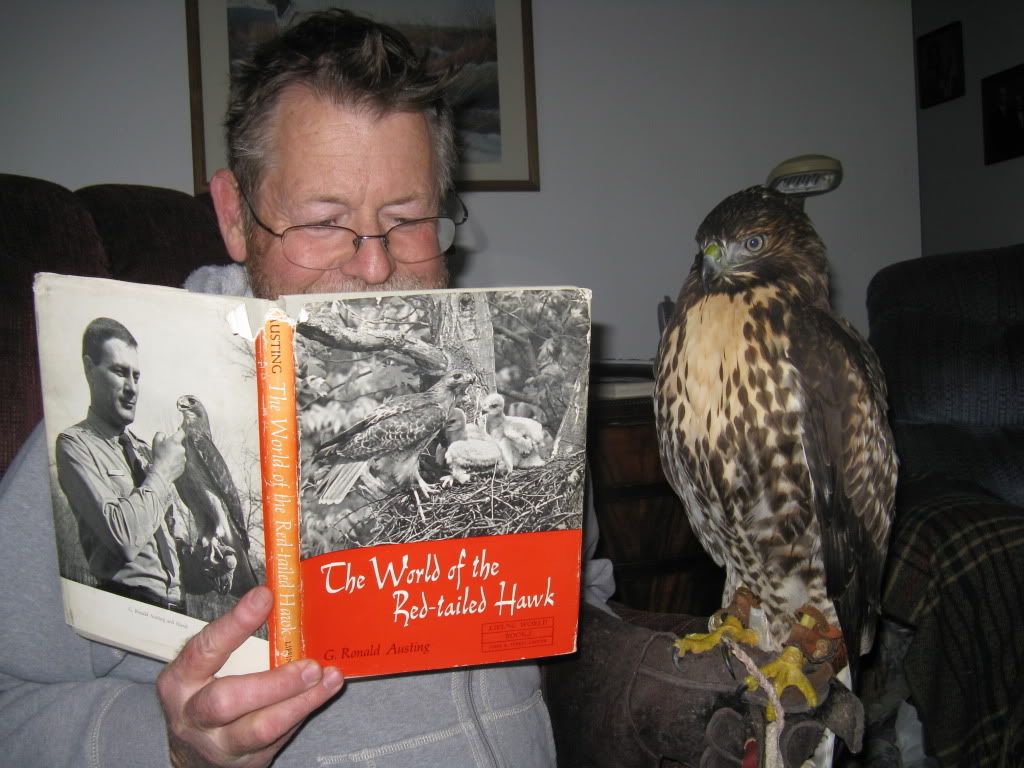
 Spent some time on this warm October afternoon, driving around a large vineyard
Spent some time on this warm October afternoon, driving around a large vineyardin southern Canyon county. I was curious to see if there was any depredation of the ripe grapes
in progress. My young male (tiercel)Peregrine Falcon, "Pokie" had been flying strong and I was interested in seeing how he would fly over grape vines.
We concentrated on a picturesque location with a perfect growing situation. Framed by a lava ridge on it's north boundary, the high point of ground, the orderly vines spread south towards the canyon of the Snake River.
The very warm, dry day, typical of the last 6 weeks, seemed like the makings of perfect wine grapes, which still hung in profusion from the well tended vines. No frost had occurred yet, maybe not for a couple of weeks yet.
I watched a flock of black-birds circle and swoop over the vines like a flock of ducks looking to land in corn stubble. Most of the vines were un-protected from birds. A few selected rows were draped with bird netting. I could only surmise that these were varieties of special standing, warranting extra protection from loss. Throughout the rest of the property lay piles of grapes at different stages of maturity, just spoiling in the sun, covered with bees. I really know nothing about viticulture so I could only guess as to what bunches were left on the vines as opposed to those piled at the ends of the rows.
As a horticulturist , I know of the value of thinning to help produce superior fruits, to concentrate quality on those left longer on the plant. Perhaps some loss to birds is considered a form of thinning, at least in the varieties of lessor value or greater abundance.
The falcon ran that flock of black-birds right out of there after surveying the expanse from the car top, parked up on a prominent outcrop. I kept hoping some farm manager would come up to see what I was up too. No one ever does. The Hispanic workers don't even seem to notice me. I would like to talk to someone about what they are doing here, to learn more about whether falconry can offer a real service in crop protection, or if that protection is even needed.





.JPG)

























